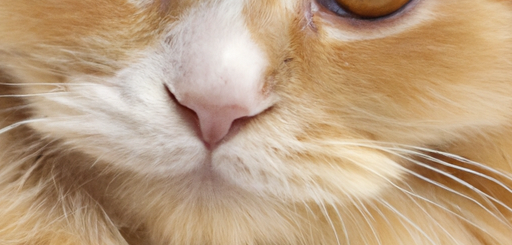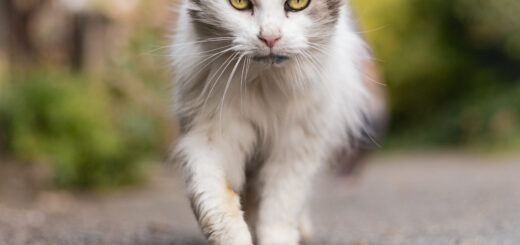Stress-Free Vet Visits: Techniques For Calming Anxious Cats
In this article, you will discover a variety of techniques and strategies to help ease the anxiety and stress that many cats experience during vet visits. Whether your feline friend becomes anxious in the car, in the waiting room, or during the examination, these tips will provide you with practical ways to create a calm and positive environment for your cat. With these techniques, you can ensure that your cat’s next vet visit is a stress-free and comfortable experience for both of you.
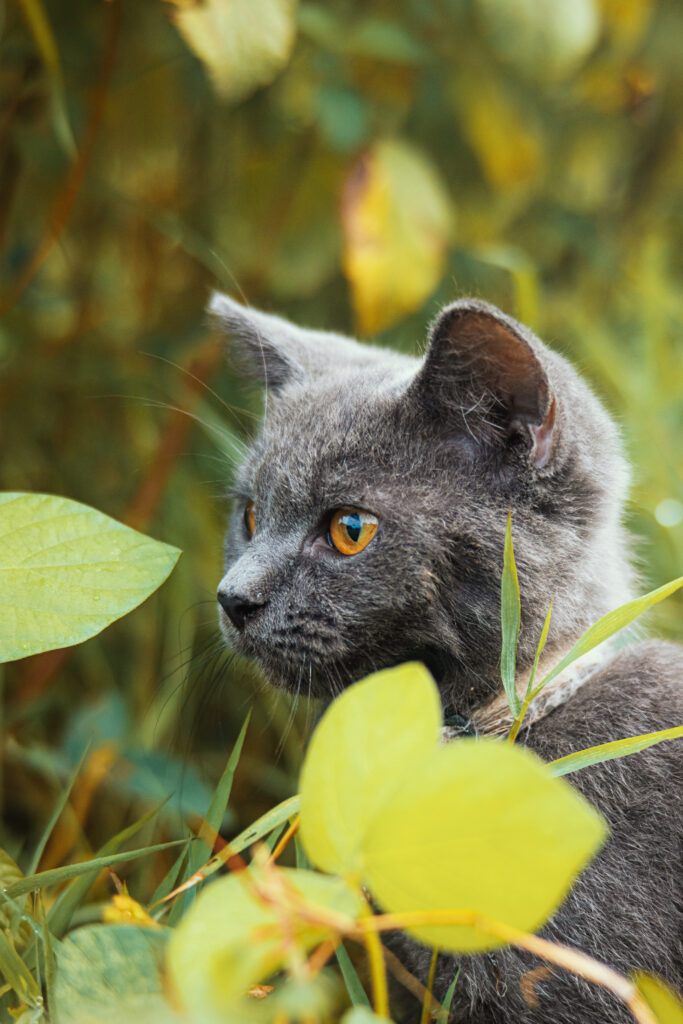
This image is property of images.pexels.com.
Click here to Understand & Speak With Your Cat!
Understanding Feline Anxiety
Cats are often portrayed as independent and self-assured creatures, but the reality is that they can experience anxiety just like humans. It is important for cat owners to be able to recognize the signs of anxiety in their feline companions in order to provide the necessary care and support. Some common signs of anxiety in cats include excessive grooming, hiding or avoidance behaviors, aggression, excessive vocalization, and inappropriate elimination. If you notice any of these signs, it is crucial to address the anxiety and create a stress-free environment for your cat.
Causes of Anxiety in Cats
There are several factors that can contribute to the development of anxiety in cats. One common cause is a lack of socialization during the critical period of development as kittens. Cats that were not exposed to a variety of people, animals, and experiences during this time may be more prone to anxiety later in life. Other common causes include changes in the cat’s environment, such as moving to a new home or the addition of a new pet or family member. Medical conditions, such as pain or discomfort, can also lead to anxiety in cats. It is important to identify the underlying cause of your cat’s anxiety in order to address it effectively.
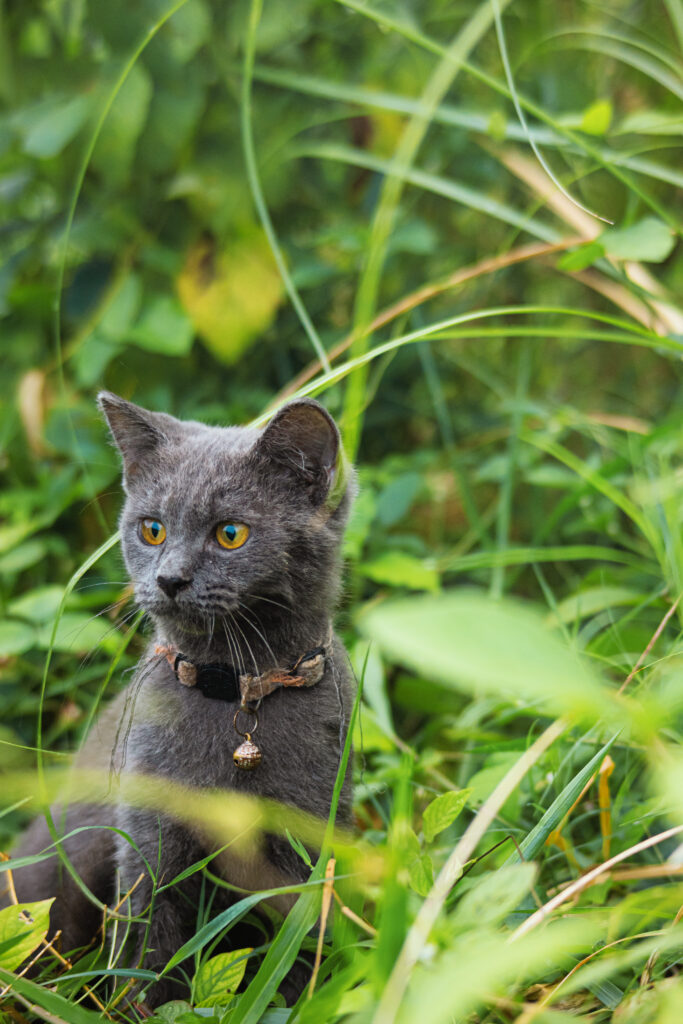
This image is property of images.pexels.com.
Click here to Understand & Speak With Your Cat!
The Importance of Addressing Feline Anxiety
Addressing feline anxiety is essential for the overall well-being of your cat. Chronic anxiety can have a negative impact on a cat’s physical and mental health, leading to a weakened immune system, digestive issues, and even behavioral problems. By recognizing and addressing your cat’s anxiety, you can help them live a happier and healthier life. Additionally, addressing feline anxiety is crucial for stress-free vet visits. Cats who are already anxious may become even more stressed during veterinary appointments, making it difficult for them to receive proper medical care. By addressing their anxiety, you can ensure a smooth and comfortable vet visit experience.
Preparing for the Vet Visit
Preparing for a vet visit can greatly reduce your cat’s anxiety and make the experience more positive for both of you. One important aspect of preparing for a vet visit is choosing the right veterinarian. Look for a vet who has experience and expertise in handling anxious cats. A vet who understands feline behavior and can provide a calm and supportive environment will help alleviate your cat’s anxiety.
Creating a positive association with the carrier is also important. Cats often associate the carrier with negative experiences, such as vet visits. Gradually introducing the carrier as a safe and comfortable space through positive reinforcement can help reduce anxiety. Leave the carrier out in your home with the door open so that your cat can explore and become familiar with it. Offer treats and toys inside the carrier to create a positive association.
Pheromone therapy is another effective strategy for reducing anxiety. Feline pheromones, such as those found in products like Feliway, can help create a sense of security and calm for your cat. Spray the pheromones in the carrier and on bedding to provide a soothing environment during travel.
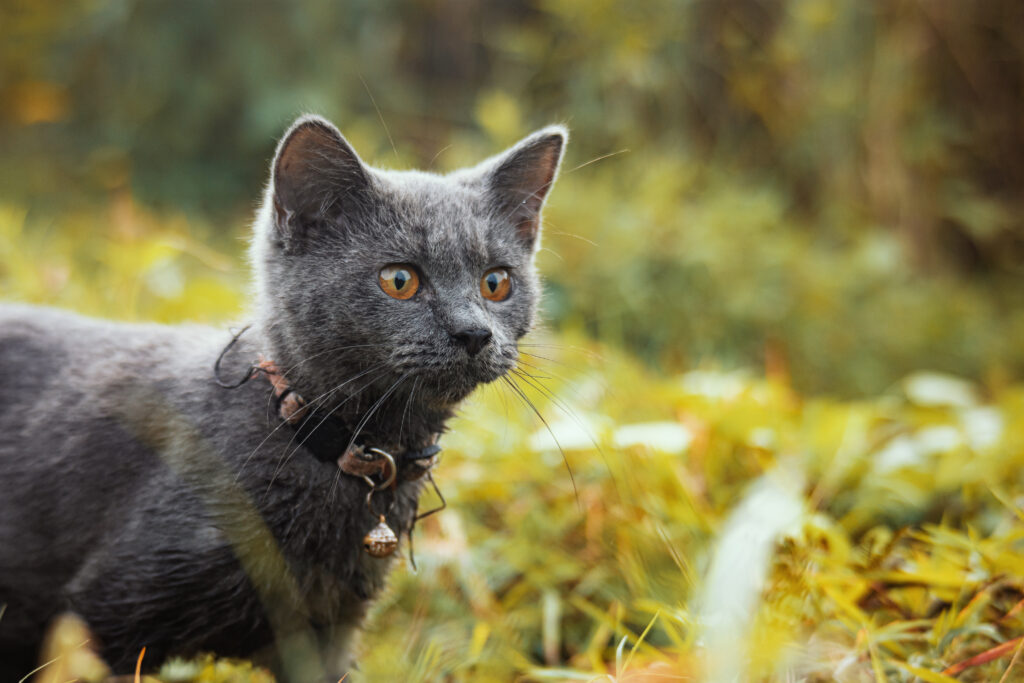
This image is property of images.pexels.com.
Click here to Understand & Speak With Your Cat!
Reducing Anxiety during Travel
Choosing appropriate transportation is crucial for minimizing your cat’s anxiety during travel. Opt for a carrier that provides enough space for your cat to move around comfortably. A carrier with a top-loading option can make it easier to place your cat inside without causing additional stress.
Creating a comfortable travel environment is also important. Line the carrier with a soft blanket or towel that smells familiar to your cat. This will help provide a sense of security and comfort. Be sure to secure the carrier in the vehicle to prevent excessive movement and ensure your cat’s safety.
Using calming aids during transit can also help reduce anxiety. There are various over-the-counter products available, such as herbal calming treats or anti-anxiety supplements, that can help calm your cat during travel. Consult with your veterinarian to determine which options are safe and effective for your cat.
Arriving at the Veterinary Clinic
Minimizing stress in the waiting room is crucial for creating a positive vet visit experience for your cat. Avoid overcrowded waiting rooms or times when the clinic is particularly busy. If possible, call ahead and ask if there is a less busy time to bring your cat in.
Designing a feline-friendly waiting area is important for reducing anxiety. Make sure there are separate waiting areas for cats and dogs, as the presence of dogs can be intimidating and stressful for cats. Provide comfortable seating options, such as elevated shelves or cat-friendly furniture, to make your cat feel more secure.
Appointment scheduling and waiting time management are also important considerations. Long waiting times can increase anxiety for both you and your cat. Choose a veterinary clinic that values punctuality and strives to minimize wait times. This will help reduce stress and ensure a smoother experience for everyone involved.
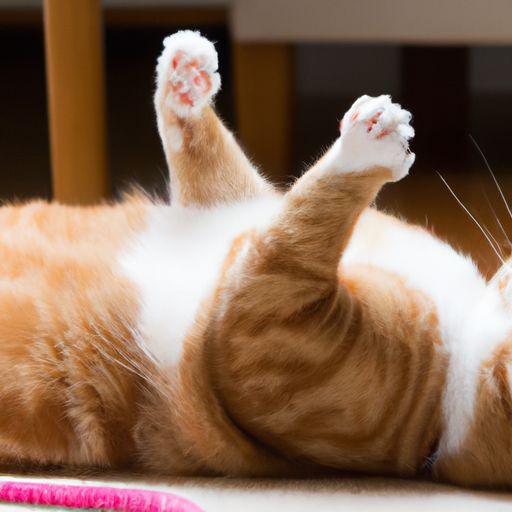
Click here to Understand & Speak With Your Cat!
Techniques for Calming Anxious Cats during Examination
During the examination, it is important to utilize techniques that help keep your cat calm and comfortable. Gentle handling is key to minimizing anxiety. Speak softly to your cat and handle them with care. Avoid any sudden movements or actions that could startle them.
Creating a calm and quiet examination room is essential for reducing anxiety. Dimming the lights and playing soothing music can help create a more relaxing environment. Some veterinary clinics even offer separate examination rooms specifically designed for anxious cats.
Utilizing positive reinforcement techniques throughout the examination can also help keep your cat calm. Offer treats or toys as rewards for good behavior during the examination. This will help create positive associations with the vet visit and make it a more positive experience overall.
Alternative Therapies for Anxiety Reduction
In addition to traditional veterinary care, alternative therapies can be beneficial for reducing feline anxiety. Acupuncture and acupressure are ancient practices that have been used in both humans and animals to promote relaxation and reduce anxiety. Massage therapy is another effective technique that can help relax tense muscles and calm an anxious cat. Herbal remedies and supplements, such as chamomile or valerian root, can also provide natural relief for feline anxiety. It is important to consult with a veterinarian before trying any alternative therapies to ensure their safety and efficacy for your cat.
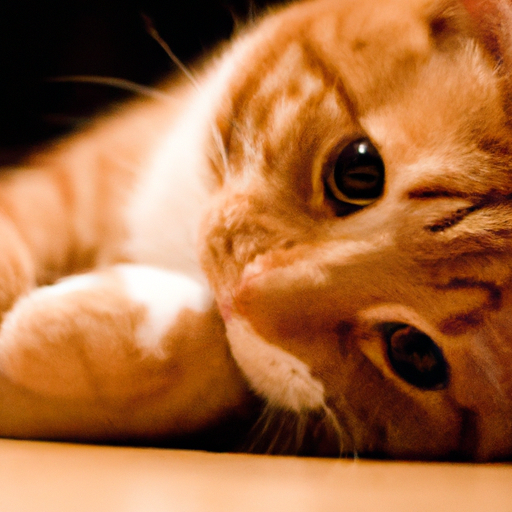
Click here to Understand & Speak With Your Cat!
Behavior Modification Techniques
Behavior modification techniques are an important component of managing feline anxiety. Desensitization and counterconditioning involve gradually exposing your cat to the triggers that cause anxiety while simultaneously providing positive experiences. This helps your cat associate positive feelings with the previously anxiety-inducing stimuli. Environmental enrichment, such as providing toys, scratching posts, and interactive play, can also help reduce stress and anxiety. Establishing a consistent routine for meals, playtime, and sleep can also provide a sense of security for your cat and reduce anxiety.
Post-Visit Care for Anxious Cats
After a vet visit, it is important to create a safe and peaceful recovery space for your cat. Provide a quiet area in your home where your cat can retreat and relax. Make sure this area is free from any potential stressors, such as loud noises or excessive foot traffic. Offer soft bedding and familiar toys to further promote relaxation.
Implementing relaxation techniques at home can also help calm an anxious cat. This can include playing soothing music, using pheromone diffusers, or practicing gentle massage. These techniques can help create a calming environment and promote overall well-being for your cat.
Following up with veterinary behaviorists is important for addressing long-term anxiety in cats. These professionals have specialized knowledge and experience in behavior modification and can provide guidance and support tailored to your cat’s specific needs. They can help develop a comprehensive plan for managing your cat’s anxiety and improving their overall quality of life.
The Role of Medication in Managing Feline Anxiety
In some cases, medication may be necessary to effectively manage feline anxiety. There are different types of anti-anxiety medications available, including selective serotonin reuptake inhibitors (SSRIs) and benzodiazepines. These medications work by altering neurotransmitter levels in the brain to help reduce anxiety. Pheromone-based products, such as synthetic feline facial pheromones, can also be effective in reducing anxiety in cats. These products mimic the natural pheromones that cats produce when they feel safe and secure, helping to create a calm and stress-free environment.
Consulting with a veterinarian is essential before starting any medication for your cat. They will be able to assess your cat’s individual needs and determine the appropriate course of treatment. Proper dosage, administration, and potential side effects should be discussed with your vet to ensure the medication is used safely and effectively.
Conclusion
Understanding and addressing feline anxiety is crucial for the overall well-being of your cat. By recognizing the signs of anxiety, choosing the right veterinarian, creating a stress-free travel experience, and utilizing calming techniques during veterinary visits, you can help reduce your cat’s anxiety and promote a positive and stress-free vet visit. Exploring alternative therapies, behavior modification techniques, and post-visit care can further support your cat’s mental and emotional health. In some cases, medication may be necessary, and consulting with a veterinarian is essential for proper usage. By taking steps to address feline anxiety, you can ensure your cat lives a happy and anxiety-free life.


